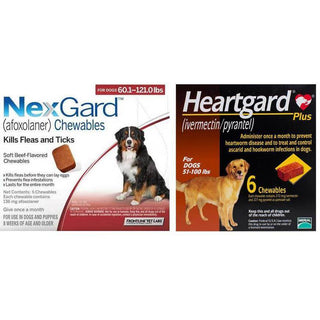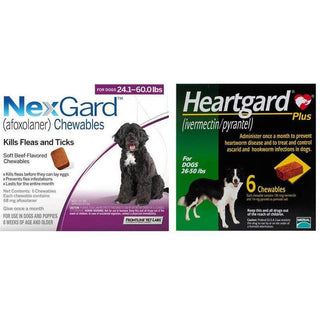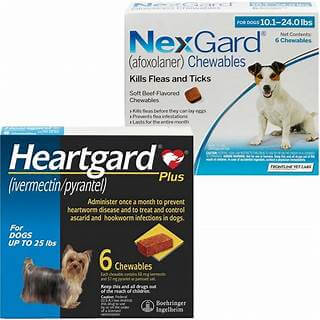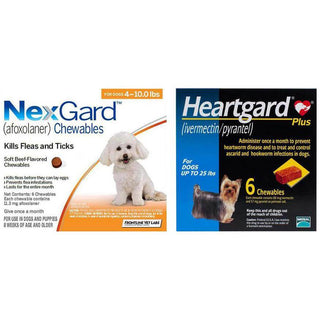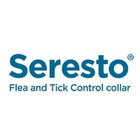
As pet parents, we do everything to keep our furry friends safe. But did you know that some common household items we use daily can be dangerous or even toxic to pets? From foods in your kitchen to items you use for cleaning or decorating, potential pet hazards may be hiding in plain sight.
In this article, we’ll explore three unexpected things that could harm your pet, explain why they’re dangerous, and provide tips on keeping your home safe.
1. Sugar-Free Products with Xylitol: A Sweet Treat That’s Deadly for Dogs
Many sugar-free items like chewing gum, toothpaste, baked goods, and even peanut butter often contain xylitol, a sugar substitute safe for humans but highly toxic to dogs. Just a tiny amount of xylitol can trigger a rapid insulin surge in dogs, resulting in dangerously low blood sugar levels, seizures, potential liver damage, and, in some cases, be life-threatening.
Symptoms of xylitol poisoning in dogs:
How to protect your pet:
- Check labels before offering any human food or treats to your pet.
- Never brush your dog’s teeth with human toothpaste.
- Store sugar-free products out of your pet’s reach.
If you suspect your dog has consumed something with xylitol, seek emergency veterinary care immediately.
2. Essential Oils: Natural Scents, Hidden Risks
Essential oils are widely used for their calming scents and health benefits, but many are unsafe for pets, especially cats. Cats lack certain liver enzymes necessary to break down the compounds found in essential oils. As a result, they can suffer from toxicity simply through skin contact, inhalation, or ingestion.
Common toxic essential oils for pets include:
- Tea Tree Oil
- Eucalyptus Oil
- Cinnamon Oil
- Citrus Oils (Lemon, Orange, etc.)
- Peppermint Oil
- Pine Oil
- Ylang Ylang
Symptoms of essential oil poisoning in pets:
- Drooling
- Difficulty breathing
- Vomiting
- Tremors
- Weakness
- Skin irritation
Safety tips:
- Avoid using diffusers or sprays near your pet’s sleeping or feeding areas.
- Do not apply essential oils directly to your pet’s skin or fur.
- Always consult your veterinarian before using any natural remedy involving essential oils.
3. Lilies: A Beautiful Flower That Can Be Fatal for Cats
Lilies may be beautiful, but they’re highly toxic to cats—even a small nibble on the leaf, stem, pollen, or even drinking the water from a vase can cause acute kidney failure. Lilies from the Lilium or Hemerocallis family (like Easter, Tiger, or Day lilies) are especially dangerous.
Symptoms of lily poisoning in cats:
- Drooling
- Vomiting
- Loss of appetite
- Lethargy
- Increased or decreased urination (a sign of kidney issues)
What you should do:
- Never keep lilies in your home if you have cats.
- Inform friends or florists not to send lilies as gifts if they know you’re a cat parent.
- If your cat comes into contact with lilies, seek veterinary care immediately—prompt treatment within six hours greatly improves the chances of a full recovery.
How to Pet-Proof Your Home Effectively
Now that you know about these hidden hazards, here are a few general safety tips to make your home more pet-friendly:
- Keep all human food and medicine securely stored.
- Research all plants and flowers before bringing them home.
- Use pet-safe cleaning and air freshening products.
- Educate everyone in your household about pet dangers.
- Keep a list of toxic substances and emergency vet contacts on your fridge.
Conclusion: Awareness Saves Lives
While we can’t bubble-wrap our homes, being informed goes a long way in protecting our pets. Xylitol, essential oils, and lilies are some examples of hidden dangers. Learning to spot these risks and taking simple precautions will create a much safer environment for your beloved companion.
Remember—consult your veterinarian before introducing something new into your pet’s space when in doubt.


